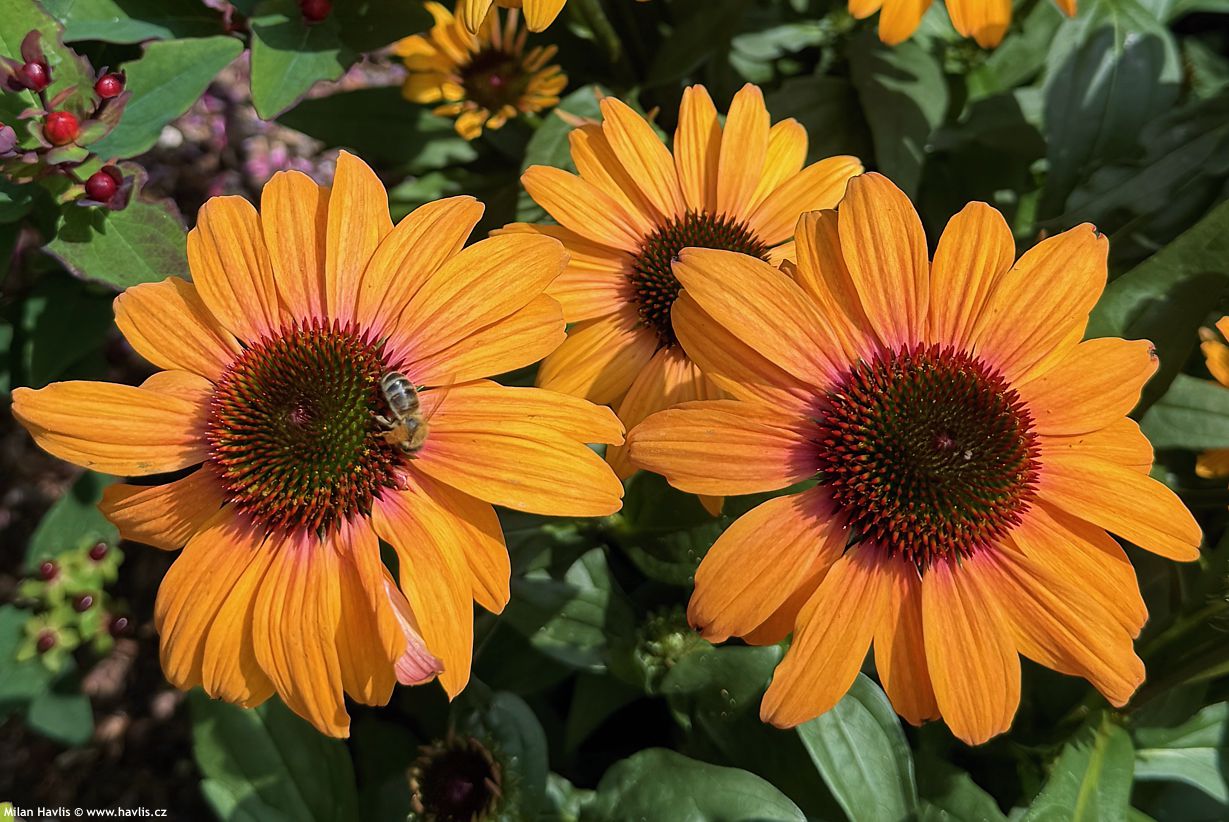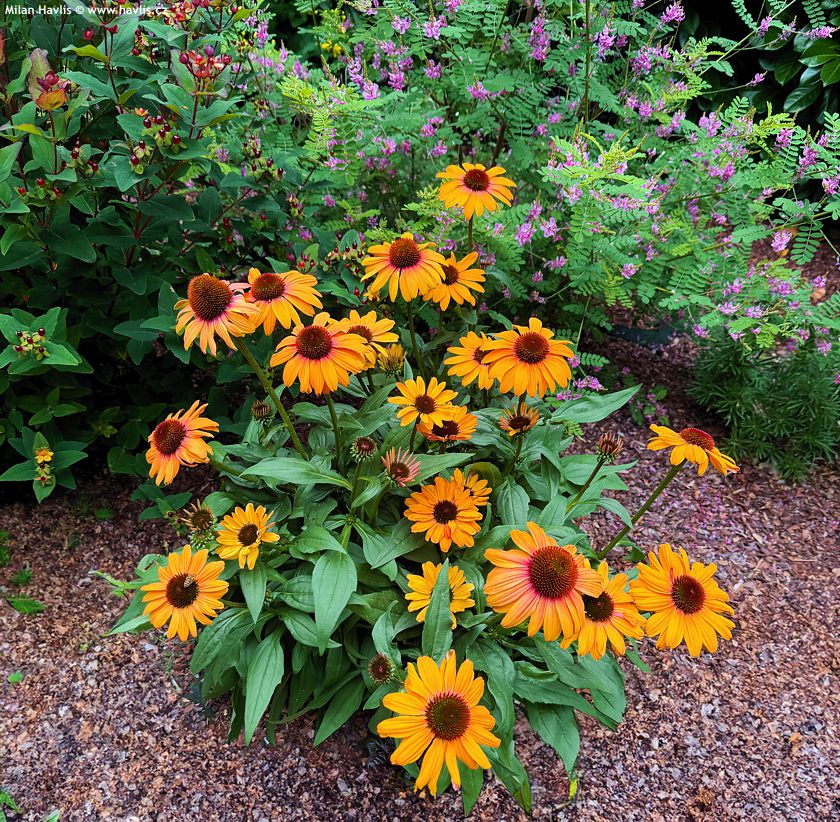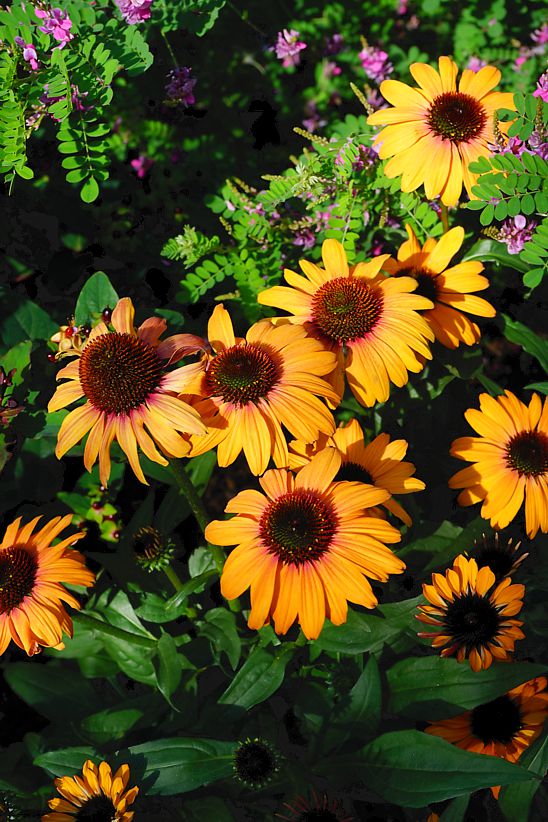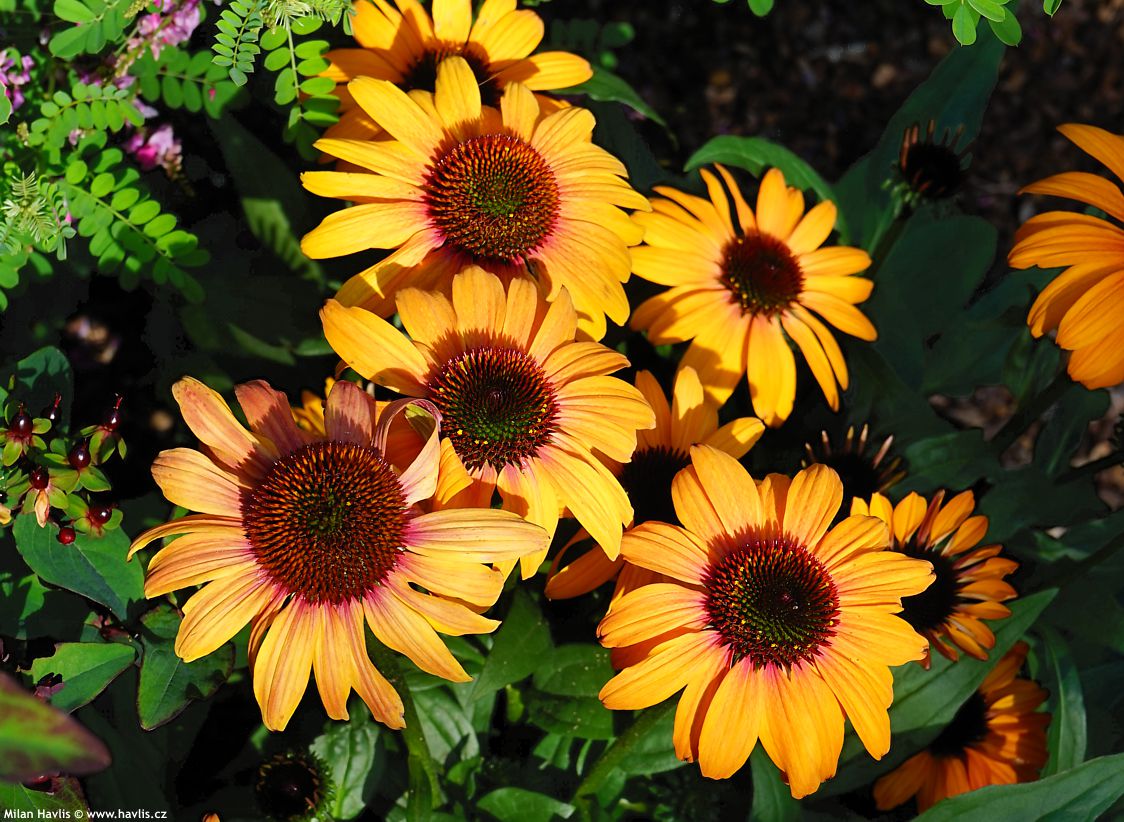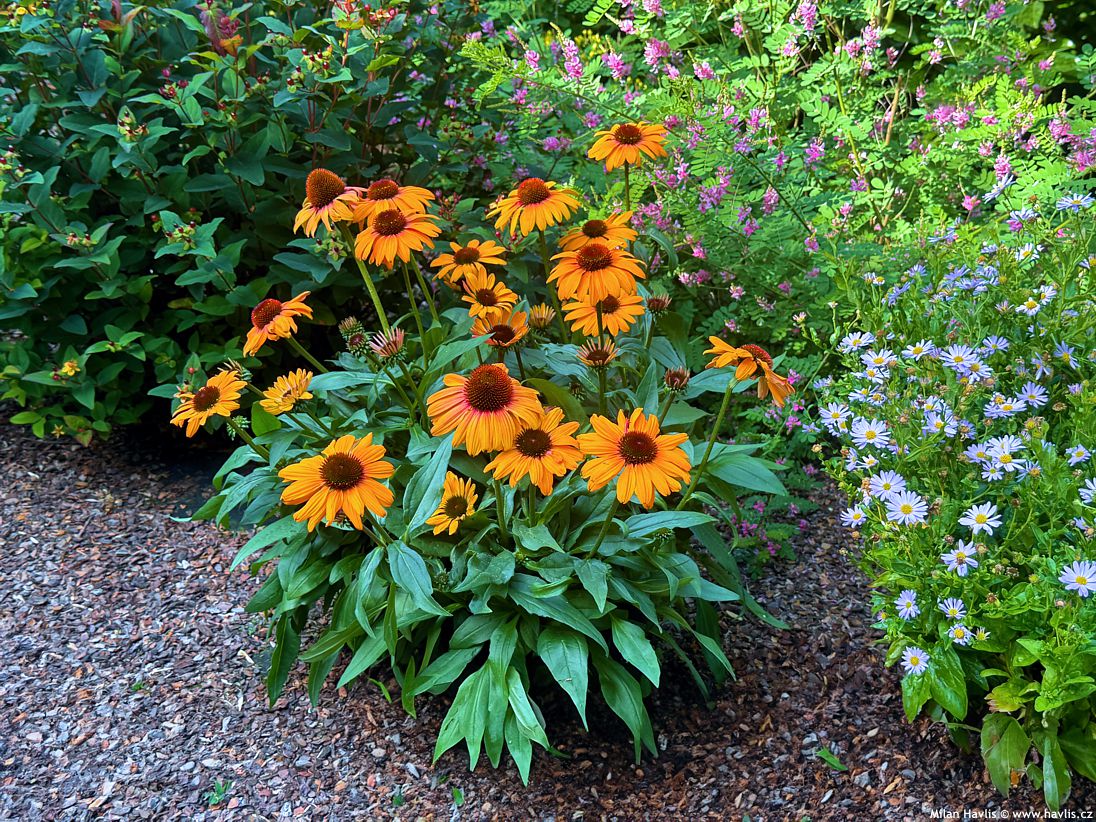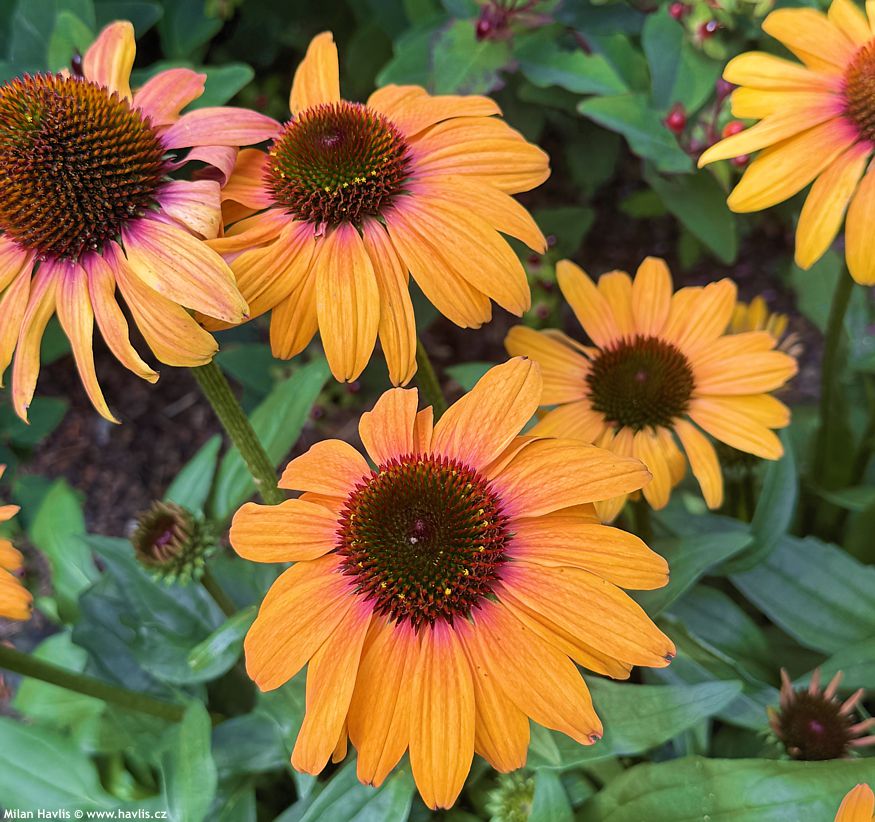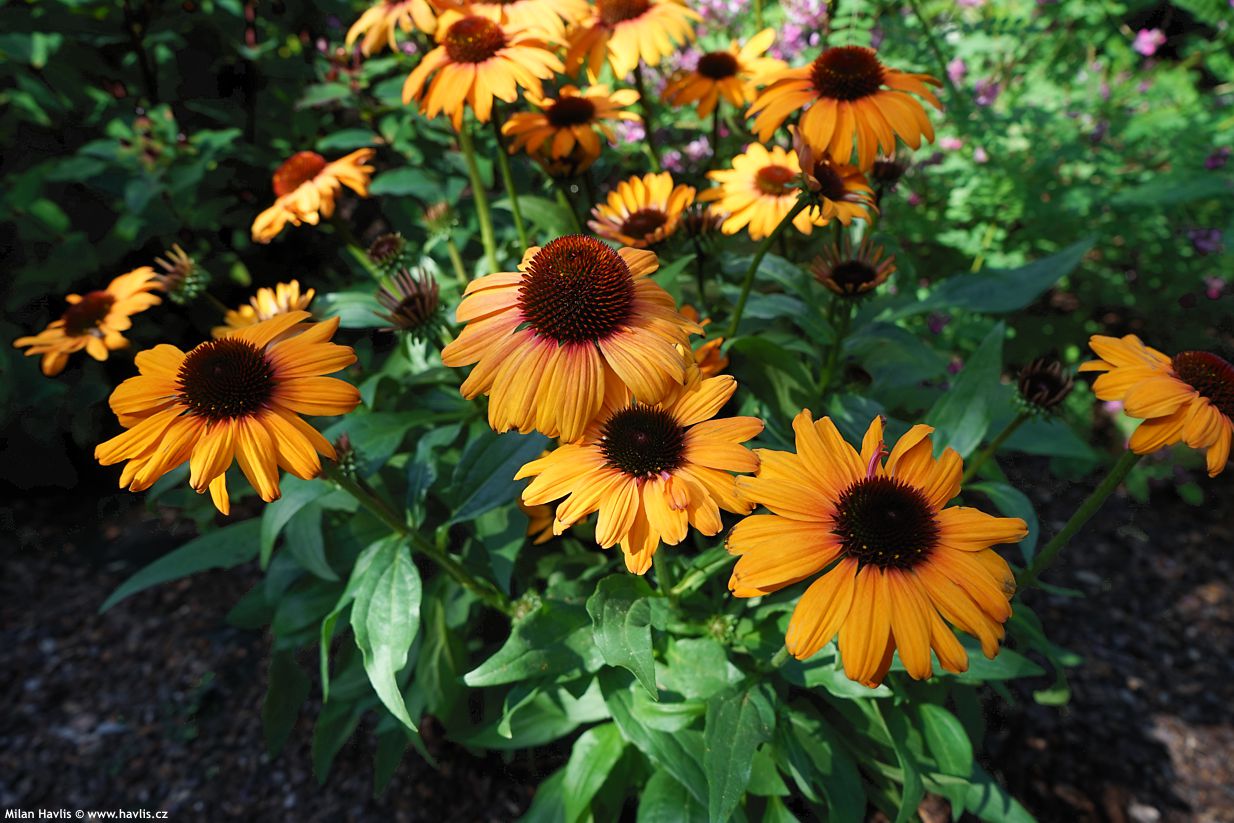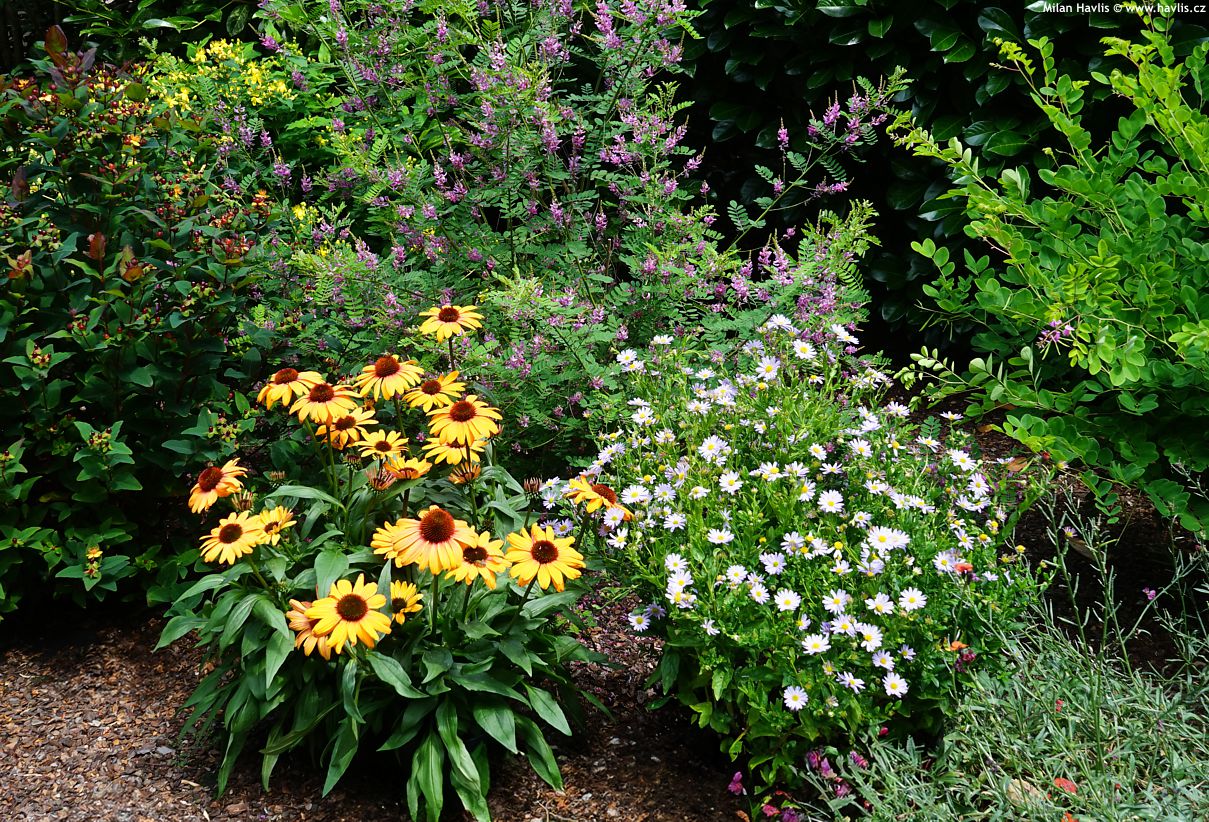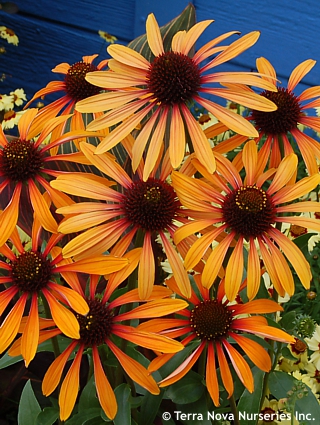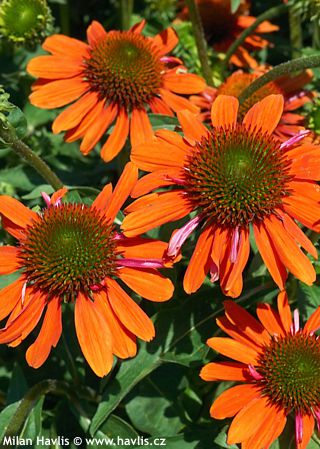Echinacea 'Ifecsscle' SUNSEEKERS CLEMENTINE coneflower
Echinacea
The SunSeekers series of Echinacea offers a wide palette of this remarkable perennial, with all varieties boasting vigorous health, dense growth, and abundant flowering in saturated colors that don’t fade. The first part of the series, identified by patent designations beginning with "Apecss-", features cultivars with simple flowers in rich, dark shades. In contrast, the newer group — with names starting "Ifecss-" — represents a completely fresh direction, with varieties whose magnificent, often semi-double or exceptionally large flowers look strikingly unique: more like gerberas crossed with dahlias than traditional echinaceas.
These plants are bred by Innoflora B.V. of the Netherlands. Their journey to fame began in 2018, when the first cultivar, SUNSEEKERS SALMON, won the prestigious gold medal from KVBC at the Dutch novelty fair Plantarium and took the coneflower world by storm. The credit goes to breeder Jelle van den Haak, who created six standout cultivars in the series. Yet, cultivars appearing after 2020 carry a distinct handwriting and signature – that of Glenn Spil, another accomplished breeder. These newer varieties also have inventive, flavourful names that sound so tasty (yet inedible), such as Pumpkin Pie, Mineola, Watermelon, or simply Citrus 😊. Imaginative, right? All of these cultivars bear the label Plants for Pollinators invented by the RHS (Royal Horticultural Society), thanks to their rich nectar that supports bees, butterflies, and other pollinators.
SUNSEEKERS CLEMENTINE coneflower brings a vividly vibrant orange hue to garden beds – a shade reminiscent of ripe mandarins. Its flowers are exceptionally large: 9-11 cm across, with richly coloured petals that, as the bloom matures, develop a noticeable purplish tint around the centre, eventually flushing through the entire ray floret before fading. The central discs are domed, orange-brown, and offer plentiful nectar for butterflies, bumblebees, and honeybees. Each bloom lasts about 2–3 weeks. The plant itself grows to around 50 cm, with sturdy stems and a compact habit that lends a polished, modern appearance even within dynamic planting schemes. Leaves are healthy, deep green, slightly rough in texture, and lanceolate in shape. The cultivar was bred by Glenn Spil and introduced in 2023.
Coneflowers of this type are so structurally strong and well-formed that they can easily complement smaller shrubs or robust (semi)woody perennials like hybrid hypericums, which offer colorful fruits from midsummer onwards. They look stunning alongside airy indigo bushes or the finely textured Mexican orange blossom. I’ve even seen them used by fans of dwarf conifers, who previously brushed away any ideas of perennials – and suddenly, here’s a jewel of colour and soft foliage among their beloved needles, and it works beautifully!
After flowering, simply deadhead spent flowers or cut back the top of the stem to the first or second leaf. Leave the stem grow as new buds emerge along it and continue flowering tirelessly until summer’s end. To encourage budding, regular feeding with a flowering plant fertilizer every two weeks is ideal. Watch out for slugs in early spring: they may damage new growth, which appears later than other perennials – just when these uninvited guests are at full destructive strength.
Echinacea will thrive in almost any well-drained soil in full sun. It’s a prairie plant that loves heat and sun, doesn’t wait for rain, and copes well with dry spells. However, in the first year make sure to water it carefully until established, and especially before the first winter and don’t let it dry out completely. Ideal for en masse plantings, or as a lively accent among low shrubs, and it also looks excellent in dense container plantings, where its flower colour truly shines. Mulching with fine bark or decorative gravel adds compositional clarity. Hardy to about -34 °C. (USDA zone 4).
Last update 22-07-2025
Goods are shipped all over Europe. For Russia and U.K. and for further details please read about SHIPPING OPTIONS HERE.
Are you interested in a serious discount for orders NOV-FEB? Check your options here.
THE PRICES INCLUDE VAT of 15%. For quick conversion you can use 1 CZK = approx. 0.04 EUR
- STANDARD QUALITY - Plants of this group are 1st class quality with number of branches and overall density adequate to their size and age, considering they were container grown.
- DE LUXE QUALITY - This label guarantees a luxurious quality of manually selected plants that, compared to their height and age, are exceptionally dense and beautiful.
- EXTRA - These plants are usually mature and bigger specimens with exceptional overall appearance.
- STANDARD (as described in the plant form) means a tree with a trunk of 190-210 cm and a crown at the top, unless specified differently. The commercial size for trees is their girth measured in the height of 1m from ground.
- HOBBY - These plants are of the same quality as our standard-quality plants but younger and therefore cheaper.
- SHRUB - a woody plant with branches growing bushy from the ground level.
- HALF-STANDARD or MINI-STANDARD - a small tree with shorter trunk, its size is usually specified.
- FEATHERED - These are trees with branches growing already from the base of the trunk and up along the stem.
- GRASSES and PERENNIALS - Sizes given usually read the diameter of the pot or the clump, as specified.



















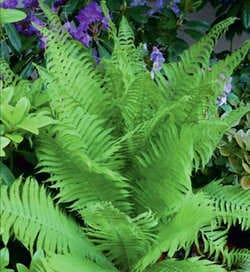




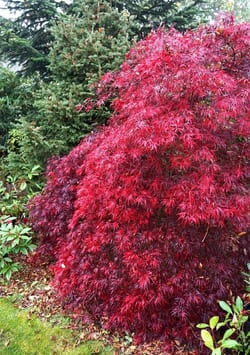
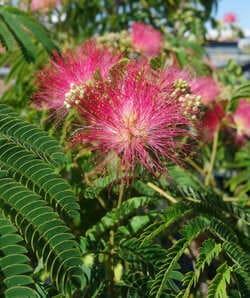
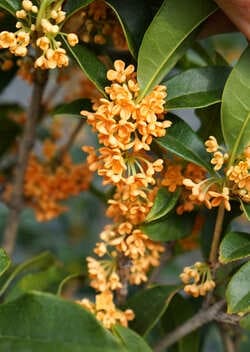



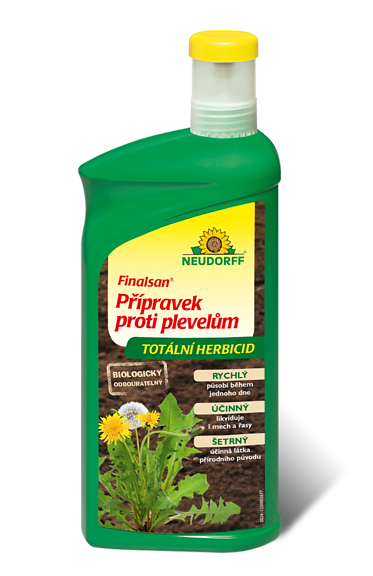


.jpg)
